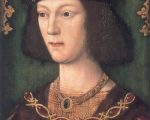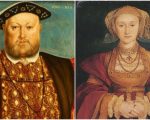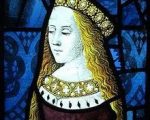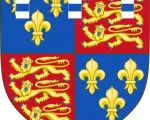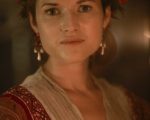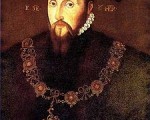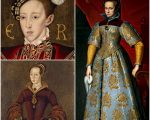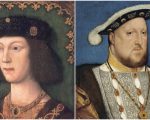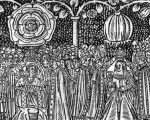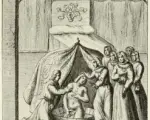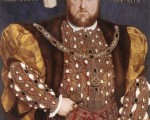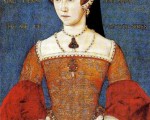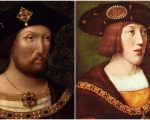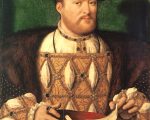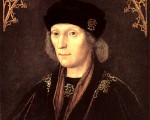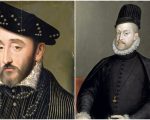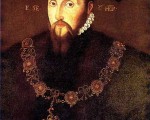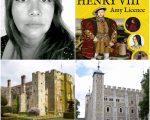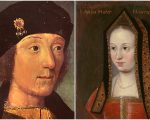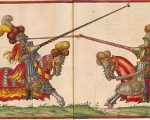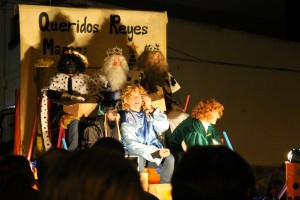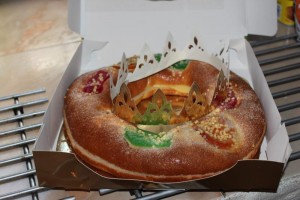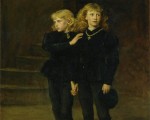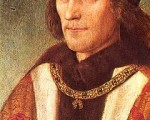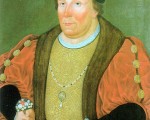
Edward Stafford, 3rd Duke of Buckingham, was one of Henry VII’s and Henry VIII’s main associates in court. He attended the coronation of both kings and played an important part in each of their reigns. But how he ended up in that position of favour is a fascinating story, as is his eventual demise.
Edward Stafford was born on 3 February 1478 and his parents were Henry Stafford, 2nd Duke of Buckingham, and Catherine Woodville. Catherine was the sister of Elizabeth Woodville, wife of King Edward IV. Following his father’s execution in Richard III’s reign, Edward’s mother went on to marry Jasper Tudor, Duke of Bedford and the uncle of King Henry VII.
Due to his father’s rebellion against Richard III in 1483, young Edward was hidden and moved around to different properties in and around Hertfordshire to keep him safe and out of harm’s way. His father’s rebellion against the king led to him losing his honours and being executed in November 1483. In 1485, Edward was honoured by the new king, Henry VII, by being made a Knight of the Order of the Bath, and he was made a ward of Margaret Beaufort, Countess of Richmond and the king’s mother. Unfortunately, this meant that Margaret was also granted all of his lands.
[Read More...]
